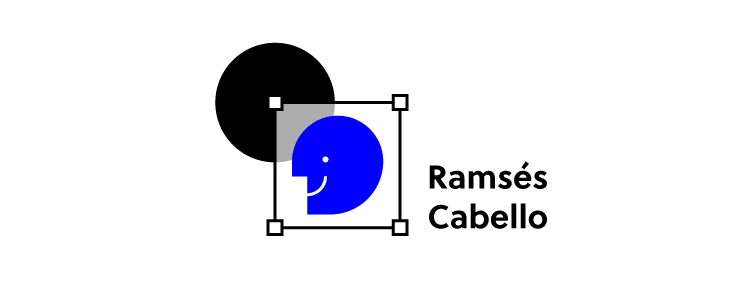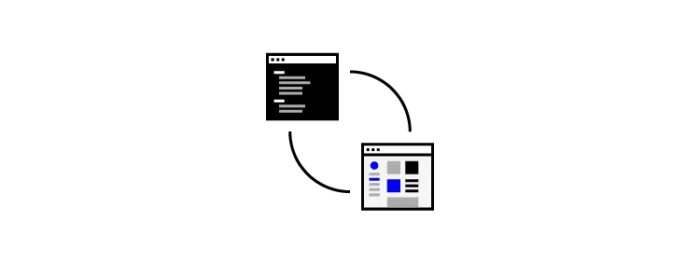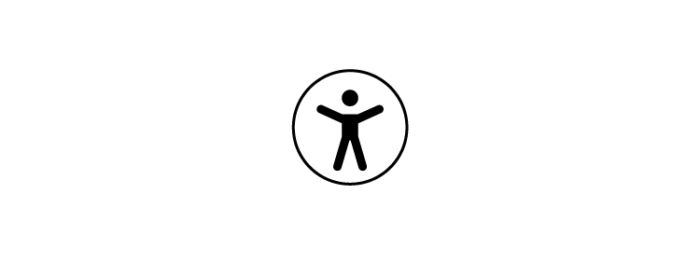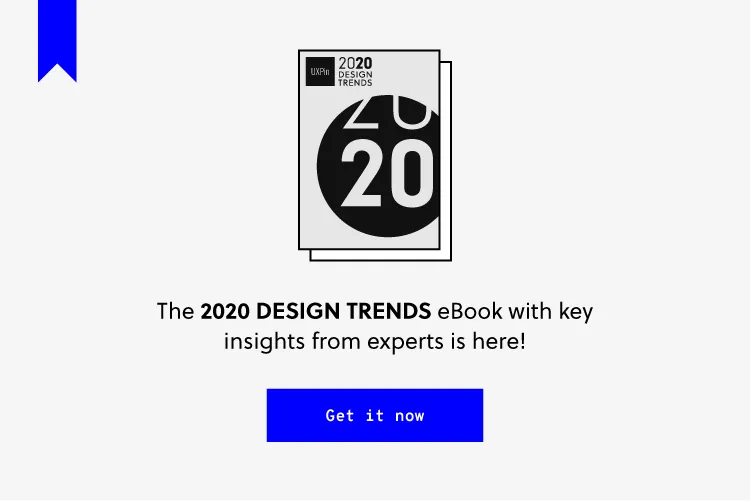Cross-Team Collaboration on Customer Experience – 2020 Design Trends with Ramsés Cabello

UXPin: Welcome to 2020 Design Trends with UXPIN. Our guest today is Ramsés Cabello. Ramsés, can you tell us a bit about yourself, such as your work experience? What is your field of design?
Ramsés: I work at GAN Integrity in Copenhagen. My role in the company is UI engineer, but I mostly work throughout the whole design process. My main focus is prototyping ideas and concepts so that we can interact with them and validate them with the customers. So I’ve been working in design industry for around seven or eight years now.
UXPin: I’ve hardly ever heard of your role, UI engineer. Can you tell us a little bit about it because I know you are a designer or product designer, and engineering is usually separate, right?
Ramsés: I feel this whole title thing is very difficult. For some companies, the same title might mean one thing and for other companies it means something else. I feel like UI engineer is mostly related to working closely with the development team, and making sure that the designs and the prototypes you create are implemented as close to the design as possible. It’s kind of interesting that you talk about this topic because I’ve felt for a while that we’ve been struggling to find out what is my role and title are.

UXPin: I think it changes a lot. Let’s talk about the 2020 trends right now. I’ve heard that some of jobs are going to disappear or evolve into something else. While we are speaking about your title—which is really rare—could you tell me your thoughts on the idea that UX designer jobs will be disappearing and new jobs will be emerging in 2020?
Ramsés: I think for a long time, as designers, we have been wearing too many hats. I do this role, but in the end I also kind of do everything throughout the process. So I feel that as more specific roles will be appearing, I also sense that they will be sounding more like a “UX culture curator” in the company. Somebody who is responsible for all those different people. There’s something about “curation,” and I don’t like the words “management” or “manager,” but I feel designers have this responsibility to ensure that everybody in an organization knows that UX is everyone’s responsibility. This is a feeling of curating the UX community within the organization. So I see the need for more roles like that.
UXPin: So it’s not going to be just speaking about users or talking about user experience, but actually going through the whole process, from making it the smoothest you can get—like throughout the whole organization—and making sure to collaborate each time.
Ramsés: I think there’s a big need for curation and helping everyone in the organization understand that the UX designer can shape the design of the experience as an interactive point of view or service point of view. But at the end of the day, how sales sell their product, or how every different part of the company speaks about the product and how the customer and organization interact, there must be somebody curating these experiences. So I don’t know, it sounds like a “design culture curator” or something related to that kind of concept, you know?
UXPin: Yes. There’s this whole new field of business called customer experience. But now people in business or marketing roles are expected to know a lot about customer experience, because I think we are switching the focus from brand and product to real people, and the more real the brand is the more authentic the relationship with the customer or user is, right? So I strongly believe that it’s in the design as well, for example in photographs, real life beauty… it’s no longer one type of model. But people are not photoshopping pictures as much. Do you think that this trend is like really holistic, like from the business side to the customer side, to real life people?
Ramsés: I love photography and I love street photography and for me, street photography is about capturing all these daily interactions in a very lighthearted way. I think also in this trend that you mentioned, of real life, how can we apply that to products, for example, or UX. It kind of reduces the intermediaries between the product and the real people that are going to use it. For example, in the field I work, I would say that the most important thing is that people get to the data as soon as possible. So we try to cut all these things in between—how can we reduce that? How can we make the product more real and avoid putting in filters? I think it’s about reducing complexity. Photoshop, at the end of the day, is like selling an idea that’s not real; it’s like retouching reality to fit a specific mindset, but there are several mindsets. There are too many. It must be diverse.
Ramsés: So I feel like if you put it out there and you don’t sugarcoat it, if you don’t put filters on it, then people can relate easily. It doesn’t look like it’s out of their reach.
UXPin: And speaking of more diverse, I think especially UI design is shifting towards being more open to all kinds of people. It’s not like, okay, this is the typical user and we are only focused on them. From what I gather, accessibility is a huge trend. It’s not supposed to be a trend, but a must in our times. So I’m really hoping that in 2020, it will be a must—what do you think?

Ramsés: For a very long time, I’ve had these ideas how trends, like mobile first, all come and go. But there has never been something like accessibility first. There has never been this whole idea of putting accessibility in the first row of this story. So I feel this year—and not only this year, but forever and ever—we should just have accessibility on top of everything. And I also get the feeling that when we think about accessibility, we tend to think it’s kind of like so out of our everyday, right? So we don’t tend to relate very much to it as a designer, but I think industries that have never thought that accessibility will be relevant are now suffering the pains of not having thought about that before.
Ramsés: For example, I am also very close to the video game industry and many video games are struggling because they did not think about problems with eyesight. Some users with eyesight problems will be playing games where the subtitles or the text or the UI is very complex. Last year, I had to drop so many games because I could not play due to the text being very small. I hope that means more industries will wake up and see that accessibility is not just a trend—we have to be accessible. But it’s also more about opening your product or whatever you’re building to as many people as possible.
UXPin: I was going to say that speaking from a design tool point of view, I think technology is making it so much easier for designers to really be able to design real life experience, or be accessible. Do you have an experience of how you would build this real life experience in your work?
Ramsés: Yes. Again, we’re using [inaudible] and for me it’s the tool that I use constantly, because it allows me to take accessibility on the go. Over the past year there was implementation of new features to check accessibility, like the tags, the textbook, the size of the text and the color contrast, and stuff like that. Because of all the small features that allow us to build a very high-fidelity prototypes, whatever we display to customers or colleagues is always as close to reality as possible. I see people in my company clicking around and, by mistake, they forget that this is not the real thing. Sometimes you need to remind them that this is just the prototype. Especially regarding accessibility, I would like to see tools and implementing, in context, accessibility tools. Very often for developers, you see plugins or consoles where you can check the accessibility of the site, but very rarely do we see design tools also take this approach.
UXPin: I think we have a few features to come in 2020. So while we are speaking about your point of view and your experience, what will be your favorite emerging trend for 2020?
Ramsés: Maybe this is a little bit controversial, but I think during this year we need to take a minimalist approach. What do we actually need? And during this year, we’re going to have to try to fix a lot of the mess we’ve created in the last [inaudible]. We’ve been making too many apps, too many products and just too many things or creating too complex designs in general. This year I would really like to see more designers and product people taking new approaches. Do we actually need that thing? I would love intentional design to be a trend. Why are we designing this?
UXPin: That’s a really good trend that I would like to see as well, because I think the design is not a good design unless it’s usable. But the more we dive into business and money is taking part in it, the more we kind of drift off of the how—how are they supposed to use it and is it really necessary.
Ramsés: In my field, which is a compliance solution, it’s kind of strict because it’s regulated by law. But enterprise software has a very interesting take on design because until now, it has been enough to have a long list of features. We take the enterprise software, because we can do more or you can do less. But at the end of the day, the consumer products are getting better. They have good design, they are being exposed to really, really good applications or really good websites. So I don’t feel it’s enough for enterprise software to have a ‘good list’ of features. That is not enough. So I see enterprise software embracing design more into their everyday.
Ramsés: So even customers will pick one product or the other, even if some of the features are not available yet but the design and the experience is nicer. They’d think, “I might pick that one. Maybe I can do a little bit less, but this one can do it and perform it better and easier.” That is something to think about this year in enterprise software. You can also see that thought process coming from a long time with Atlassian or others—they are embracing design a little bit more.
UXPin: Fingers crossed that it is going to happen. You’ve given us some amazing insights on 2020 trends, and thank you very much for joining me today. I hope we can engage in this discussion with our community.


